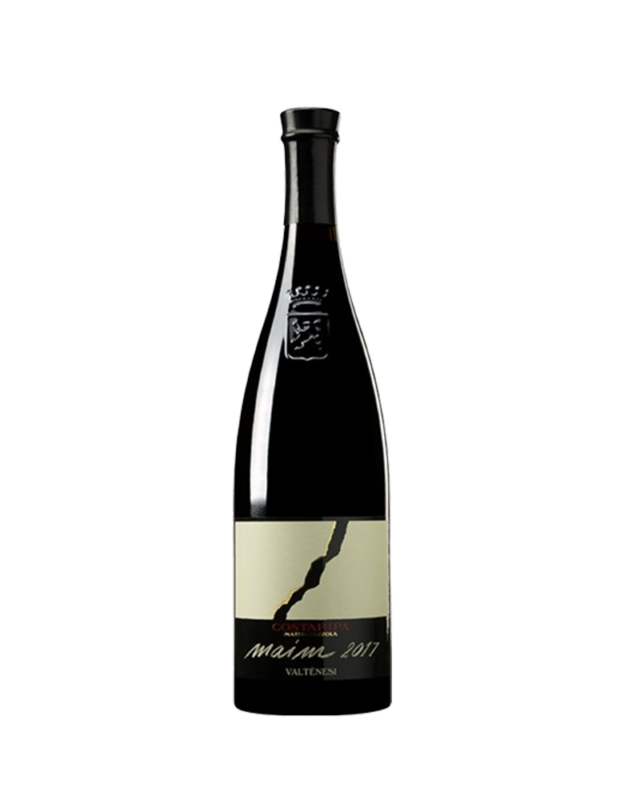Description
The wine presents a pale straw-yellow color with brilliant reflections. It boasts an intense and persistent bouquet, featuring balsamic fragrances of sage and thyme that seamlessly blend with floral notes of acacia, along with a crisp scent of bread crust. On the palate, it offers a fresh and full taste, characterized by excellent minerality and a rich acid structure. This wine is versatile, making it an ideal choice as an aperitif and a perfect companion for the entire meal of typical Mediterranean cuisine from the sea. Additionally, it pairs exceptionally well with oysters, Parmesan, and medium and long-aged cheeses, making it an excellent choice to conclude a meal, especially when enjoyed with strawberries.




